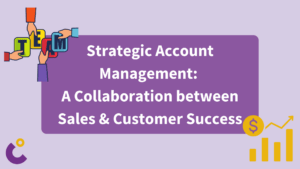
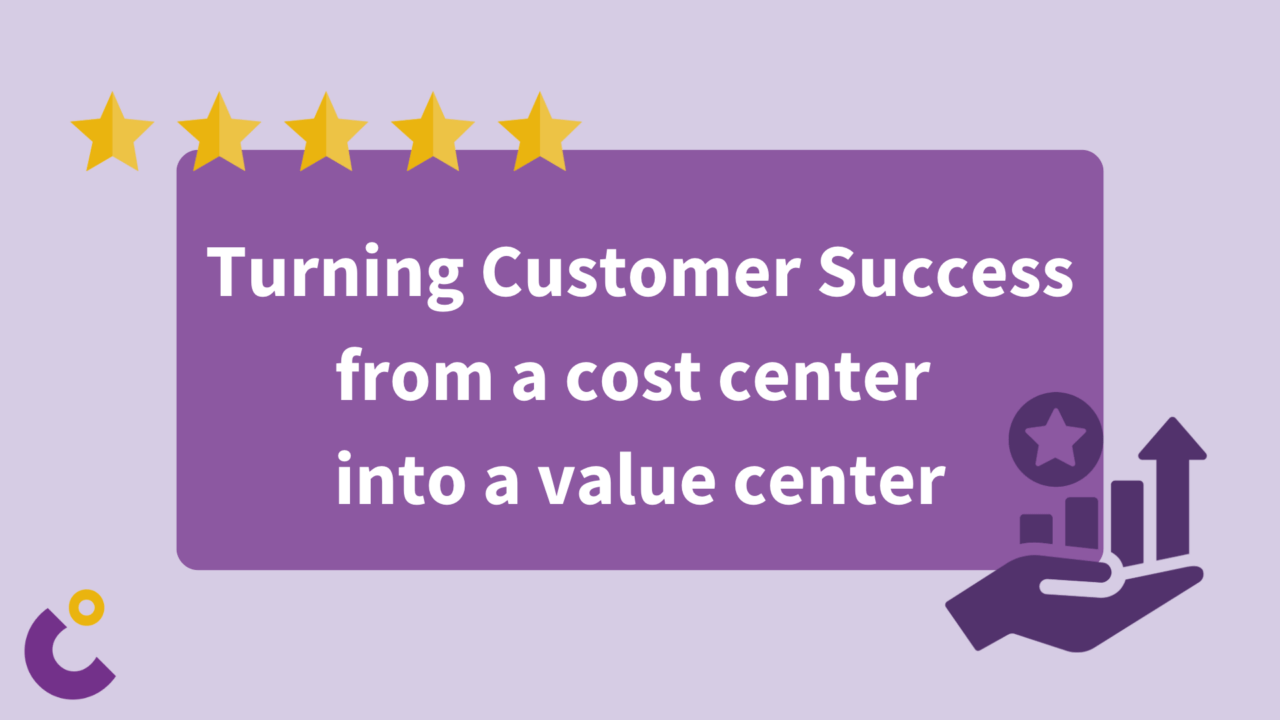
Your comprehensive guide to transforming your CS Team into a true value center
Buzzwords like retention and growth from existing customers are on everyone’s lips right now. However, it is still common to see customer success as a cost center – a necessary function that requires investment but doesn’t generate direct revenue. However, this perspective fails to recognize the immense potential of Customer Success to become a true value center. As Mads Fosselius, CEO & Co-Founder of Dixa shared in Forbes, leaders need to shift the focus from cost containment to maximizing the value customers derive from products or services. Only this proactive approach, allows to make up- and cross-selling the key drivers of revenue growth.
Let’s explore the concept of Customer Success as a value center and discuss how it can drive growth, enhance customer satisfaction, and ultimately contribute to the bottom line.
Redefine Customer Success
While a proactive approach to being a trusted advisor for customers always was at the heart of Customer Success organisations, we need to redefine its purpose within the organization. Stop focusing solely on mitigating customer churn and reducing support costs! CS should be seen as the proactive force that maximizes the value customers derive from your products. Foster strong relationships and drive their positive outcome actively, so that the whole organization appreciates CSMs as the loyalty and revenue drivers they are. They can be your real differentiator to gain a competitive edge.
Drive sustainable Revenue Growth
CS teams obviously have the potential to become a significant driver of revenue growth. But only a well-rounded strategy for retention and expansion enables them to fully tap into that potential. The key to this is leveraging actionable customer insights, to understand their needs and offer them tailored solutions. You need to identify additional value propositions, which eventually can increase your customer lifetime value (CLTV). This is what will position your Customer Success function as a crucial contributor to top-line growth.
Enhancing Customer Satisfaction and Advocacy
World-Class CS teams foster their customers’ satisfaction and advocacy. They make your customer base want to grow with your products and spread the word organically. Those CS functions to this in a multitude of different ways: by delivering outstanding experiences, addressing customer pain points or exceeding expectations in various areas. Resulting from this, real brand advocates are fostered among your customer base, who actively promote and advocate for you in their networks. Moreover, they will provide valuable referrals bolstering your reputation and attract new customers.
Data-Driven Insights for continuous improvement
Customer Success teams are in a unique position having a direct line to your customers. They are the ones that gather valuable data on customer behavior, product usage, and satisfaction levels. By analyzing this data, organizations can identify trends, uncover pain points, and make data-driven decisions to improve their offerings. These insights can inform product development, marketing strategies, and overall business decisions, further enhancing customer success and strengthening the value center approach.
Collaborative Approach for Long Term Success
The real key to empowering your CS team to be a true value center, compared to a cost center, is in fostering collaboration along the whole customer journey. No more siloing between Sales and Post-Sales, no gaps in communication with different support channels. Aligning all customer functions in your organization around your customer is what we call the creation of Customer Obsession Teams. Each functional team’s goals should be aligned with the customer success plans for your most strategic customers. By fostering cross-functional collaboration, you will break down silos and deliver a seamless customer experience, resulting in improved retention rates and increased customer loyalty.
Long story short…
You want to transform your CS team to be a real value center by:
- enhancing customer satisfaction and advocacy, leading to organic growth and reduced acquisition costs
- highlighting the value of data-driven insights gathered by Customer Success teams, which can inform product development and business decisions
- Applying a collaborative approach that aligns sales, marketing, product development, and customer support with Customer Success goals in true Customer Obsession teams.
This might also interest you


Beyond Internal Walls: Unlocking the Power of External Customer Journey Mapping
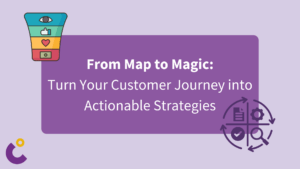
From Map to Magic: Turn Your Customer Journey into Actionable Strategies

Decode Your Customer Journey: A Step-by-Step Guide to Mapping Success

Beyond the Score: Transforming Net Promoter into a Growth Engine – Net Promoter System

Turn Your Raving Fans into a Sales Force: Using Customer Advocates as Your Reference Pipeline
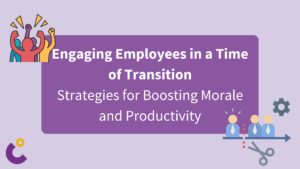
Engaging Employees in a Time of Transition: Strategies for Boosting Morale and Productivity
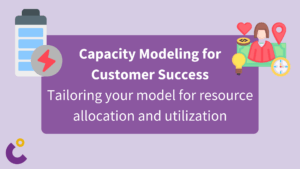
Capacity Modeling for Customer Success

Data Driven Customer Success
